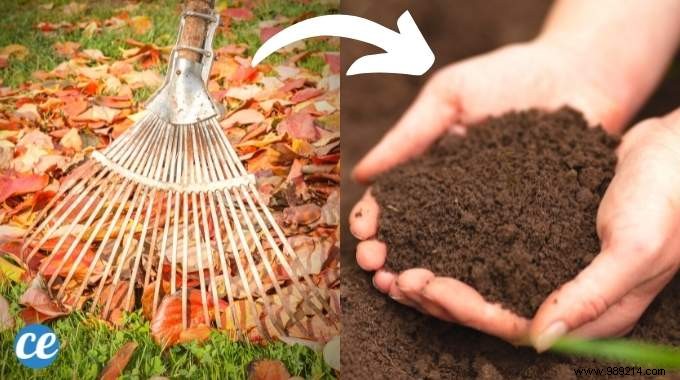
Today I show you how to use dead leaves to make fertilizer free.
This 100% natural fertilizer, you will be able to use it in the vegetable garden, but also for your indoor plants.
Because you and I know that commercial fertilizers are full of chemical ingredients.
No way to put it on my plants, especially the ones I eat...
Especially when you know you have everything you need for free to make your own homemade fertilizer.
This is a technique given to me by a gardener friend.
I've been using it for several years now, and I'm very happy with it. The results are amazing.
Here is the method to transform the leaves that fall from the trees into organic fertilizer . Watch:
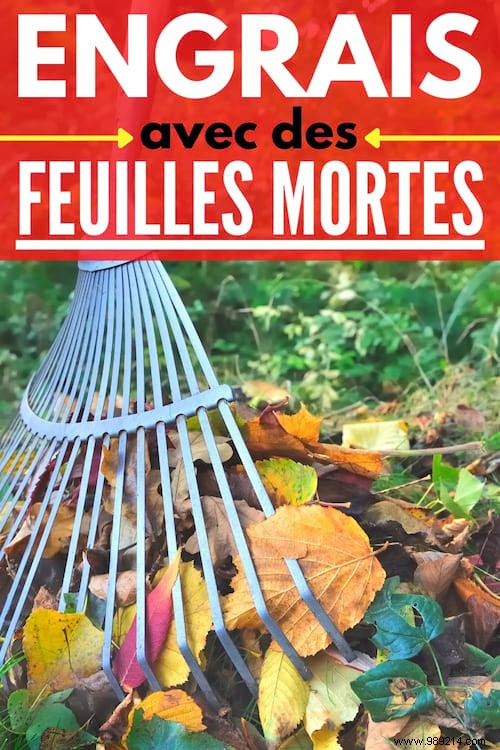
1. Pick up fallen leaves from trees with a rake.
2. Pile them up in a humid place with little sunlight in your garden.
3. Leave the leaves to decompose for a minimum of 6 months.
4. Turn the pile about once a month to speed up decomposition and aeration.
5. After 8 to 12 months, use the leaf debris to fertilize your plantations.
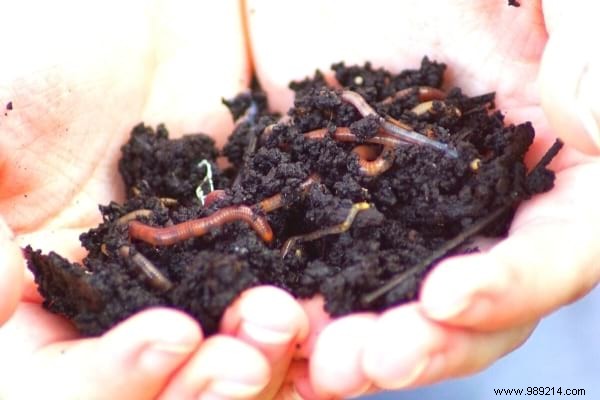
And There you go ! Your organic fertilizer made from dead leaves is ready :-)
Easy, natural and effective, right?
Now you know why dead leaves should not be thrown away.
And as if that weren't enough, there's more good news. It's because this fertilizer is totally free!
The longer you wait, the more the leaves break down into small particles that are easy to spread.
It takes about a year for leaf compost to be usable.
If you have the patience to wait 20 to 24 months, the decomposition of the leaves is such that you get an ultra-rich seedling soil.
And when you know the price of these soils in garden centres...
In addition, small particles are rich in nutrients and are absorbed by the soil much more easily.
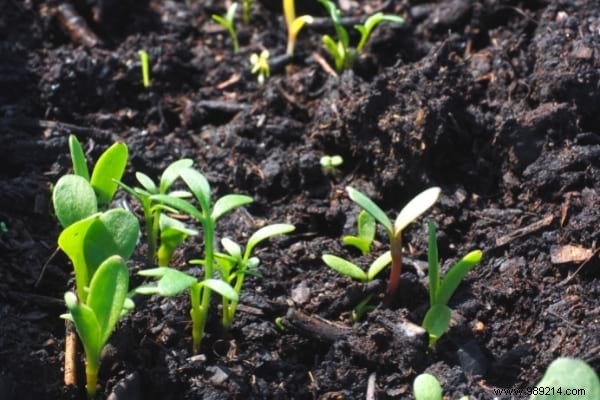
Dead leaves are rich in nutrients, proteins, carbohydrates, carbon and lignin.
All these molecules are highly sought after by gardeners, especially those who practice permaculture, to fertilize their crops .
Mixing leaf compost or applying it over the soil at the base of trees is therefore the simplest, most natural and most economical method of enriching your crops.
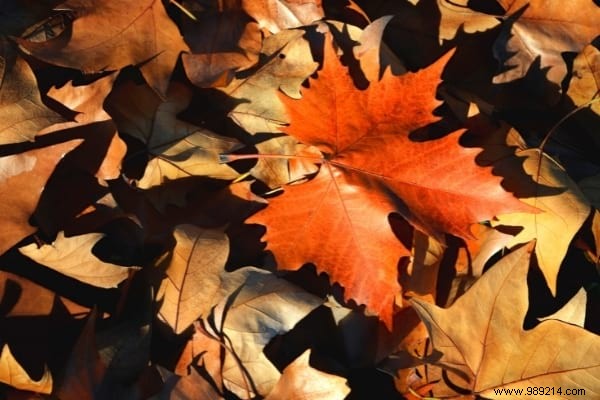
- Check that the leaves are not diseased (powdery mildew, mildew, scab, etc.) before composting them. These bacteria survive in the compost heap and will infect your future crops.
- Avoid walnut, bay or privet leaves which can be poisonous.
- Be aware that plane tree leaves take the longest to decompose.
- To accelerate decomposition leaves, my grandfather passed them through the mower to shred them. Thus, we gain 2 to 3 months of decomposition.
- You can put the leaves in a wooden or plastic container to promote their decomposition.
There are 2 methods to properly use dead leaves as a natural fertilizer.
Preferably between October and March, during the plant rest season.
- The recovery method. Cover the base of your large plants (trees, bushes) with a ten centimeter layer of decomposed dead leaves. The leaves release their nutrients as they continue to decompose. In addition, it protects the roots from the cold in winter.
- The sowing method . In the spring, when you transplant your seedlings, put 2 handfuls of decomposed leaves in the dug holes. Then, put your plant, and close the hole.
It is especially effective for young seedlings of tomatoes, strawberries, eggplants. But also for flowers such as orchids, roses or lemon trees.
Be careful, do not fertilize a plant that has just come out of the store. Why ? Because she has already been fertilized - sometimes a lot - so she doesn't need an overdose!